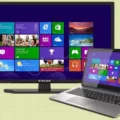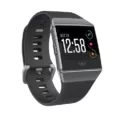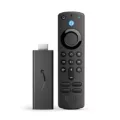Digital antennas have become increasingly popular in recent years as more people are looking for ways to cut the cord and save money on their cable bills. But do they really work? The short answer is yes, digital antennas do work, but there are a few important factors to consider.
First, it’s important to understand what a digital antenna is and how it works. A digital antenna, also known as an over-the-air (OTA) antenna, is a device that receives and amplifies free, over-the-air signals from local TV broadcast towers. These signals are then decoded by your TV, allowing you to watch live TV channels without the need for a cable or satellite subscription.
One of the key advantages of digital antennas is that they allow you to access free, over-the-air channels, which can include popular networks like ABC, CBS, NBC, FOX, and PBS, as well as local news channels and specialty channels like MeTV and Antenna TV. This means you can still watch your favorite shows, movies, and sports games without having to pay for a pricey cable or satellite package.
However, the effectiveness of a digital antenna will depend on a few key factors. The first is your location. If you live in an urban or suburban area with good reception, you should be able to pick up plenty of free channels with a digital antenna. But if you live in a rural area or a location with poor reception, you may struggle to get a clear signal.
Another factor to consider is the quality of your antenna. Not all digital antennas are created equal, so it’s important to choose one that is designed to pick up the frequencies used by your local TV stations. Look for antennas with a high gain rating, which measures the strength of the antenna’s signal amplification. You may also want to consider an antenna with a built-in amplifier, which can boost the signal even further.
It’s important to note that digital antennas will only work with TVs that have a built-in digital tuner. Most modern TVs have this feature, but if you have an older TV, you may need to purchase a separate digital converter box.
Digital antennas can be an effective way to access free, over-the-air TV channels, but their effectiveness will depend on your location, the quality of your antenna, and the capabilities of your TV. If you’re looking to cut the cord and save money on your cable bill, a digital antenna may be a great option to consider.
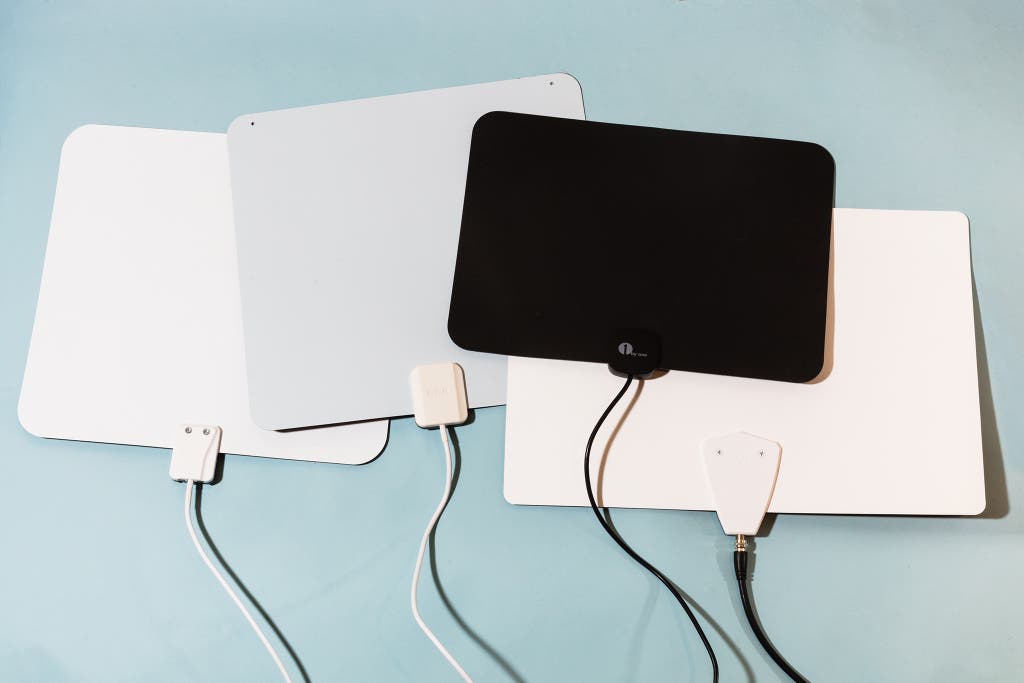
The Effectiveness of Digital Antennas
Digital antennas can work very well, depending on various factors such as your location and signal strength. Generally, digital antennas are designed to receive digital signals transmitted by TV stations. The quality of reception can be influenced by a number of factors including distance from the transmitter, obstructions such as buildings or trees, and interference from other signals.
The effectiveness of digital antennas will vary depending on the available channels in your area. If there are a limited number of channels available, the antenna may not be very effective. However, if there are many channels available, then the antenna is likely to work well.
It is important to note that not all digital antennas are created equal. Some may be more effective than others, depending on their design and the quality of construction. It is recommended to research and choose a high-quality digital antenna that is suitable for your specific location and needs.
Digital antennas can work very well, but their effectiveness will depend on the channels available in your area and the quality of the antenna. It is important to choose a high-quality digital antenna that is suitable for your location to ensure the best possible reception.
Do Digital TV Antennas Still Function?
Digital TV antennas still work and are a great way to access free over-the-air broadcast television. With the switch to digital TV signals in 2009, antennas have become more efficient and reliable than ever before. They allow you to receive high-definition broadcasts of your favorite TV shows, movies, and sports events without any monthly subscription cost. Digital TV antennas work by picking up the signals transmitted by local TV stations and converting them into a format that can be displayed on your TV.
It’s important to note that the quality of your reception may vary depending on your location, the type of antenna you use, and the terrain and buildings around you. However, with advancements in technology, there are now a variety of different types of antennas available that can help improve your reception. Some popular options include indoor antennas, outdoor antennas, and even flat antennas that can be mounted on windows.
Digital TV antennas are a great option for those who want to access free over-the-air broadcast television. With the right antenna and location, you can enjoy high-quality reception of your favorite shows, movies, and sports events without any monthly subscription cost.
The Benefits of Using a Digital Antenna Over a Regular Antenna
A digital antenna is better than a regular antenna. The reason for this is that digital antennas have built-in filters that help to lower noise and improve picture quality. Additionally, analog signals are transmitted directly to the TV, whereas digital signals need to be decoded first. This decoding process allows for more efficient transmission of signals, resulting in higher picture quality and better sound. Some other benefits of digital antennas include the ability to receive more channels, improved reception in areas with weak signals, and the ability to pick up signals from farther away. a digital antenna is a great investment for anyone looking to improve their TV viewing experience.
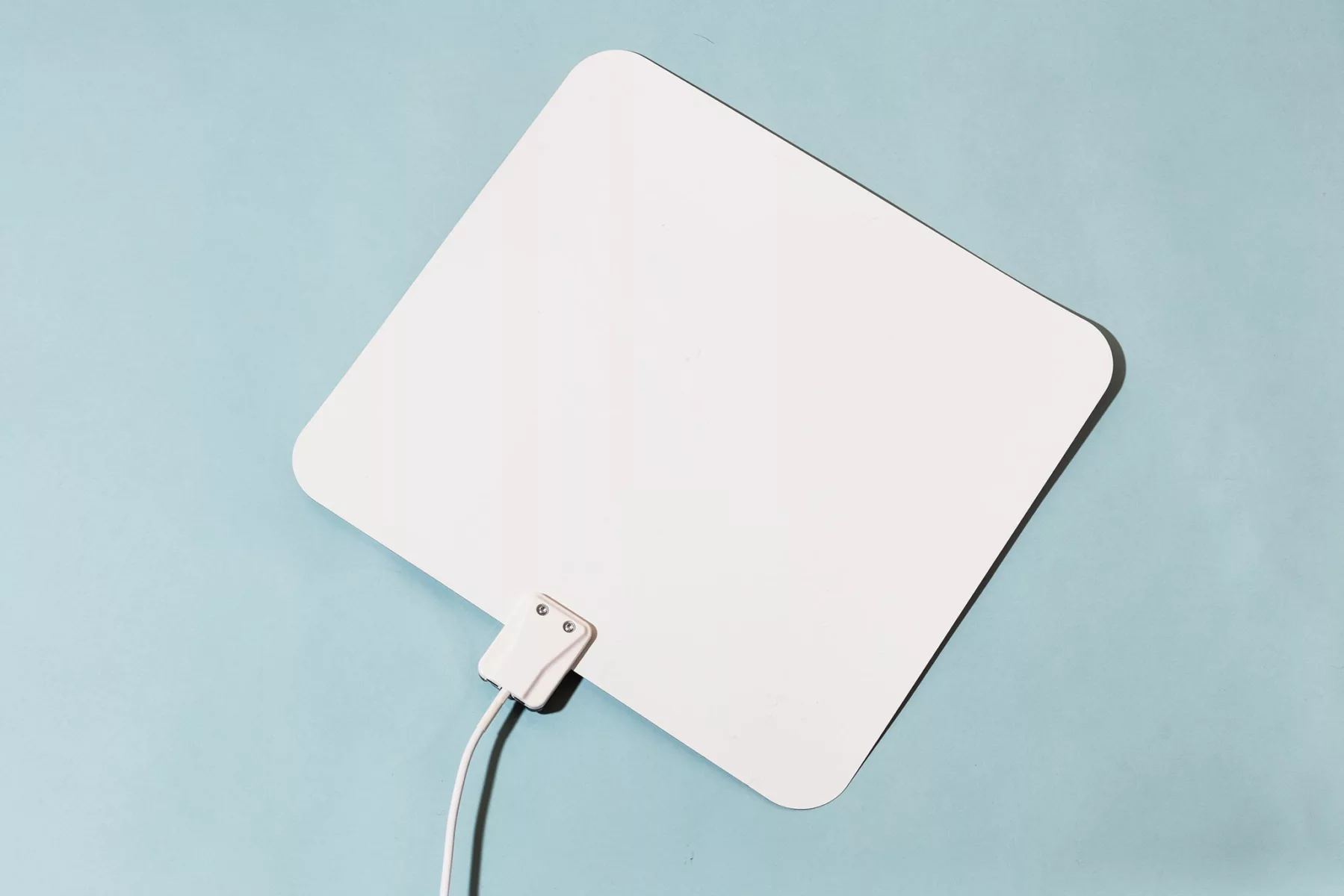
Do Digital TV Antennas Work in Rural Areas?
Digital TV antennas work in rural areas. In fact, they can be especially useful in those areas where cable or satellite TV may not be available or reliable. Digital TV antennas are designed to receive over-the-air broadcasts from local TV stations, and they can be very effective at capturing those signals even in areas where reception is challenging. Here are some key things to keep in mind:
– Distance matters: The farther you are from the broadcast towers, the weaker the signal will be. This means that you may need a more powerful antenna to pick up the signal in rural areas.
– Terrain matters: Mountains, hills, and other obstacles can interfere with the signal and make it more difficult to receive over-the-air TV channels. In some cases, you may need to position your antenna on a higher surface to overcome these issues.
– Antenna type matters: There are many different types of digital TV antennas available, including indoor and outdoor models. Outdoor antennas tend to be more powerful and can pick up signals from farther away, but they may also be more expensive and require professional installation. Indoor antennas are typically less expensive and easier to install, but they may not be as effective in rural areas with weaker signals.
– Signal strength matters: Before you invest in a digital TV antenna, it’s a good idea to check the signal strength in your area. You can use online tools like FCC’s TV Signal Locator to determine the strength of the signals from your local TV stations. This information can help you choose the right antenna for your needs.
While there are some challenges to getting over-the-air TV channels in rural areas, digital TV antennas can be an effective solution. By choosing the right antenna for your needs and positioning it correctly, you can enjoy high-quality, free TV programming without the need for cable or satellite services.
Conclusion
Digital antennas can definitely work and provide access to free over-the-air TV channels. However, their effectiveness depends on a number of factors, such as your location, terrain, and proximity to broadcast towers. If you live in a city or a suburban area with good reception, you can easily enjoy popular TV shows, movies, and sports events without having to pay for cable or satellite TV. On the other hand, if you live in a rural or remote area, you may need to invest in a more powerful antenna or a signal amplifier to overcome reception problems. digital antennas are a great option for cord-cutters or anyone looking to save money on their TV bills, but it’s important to research and choose the right antenna for your specific needs and location.



